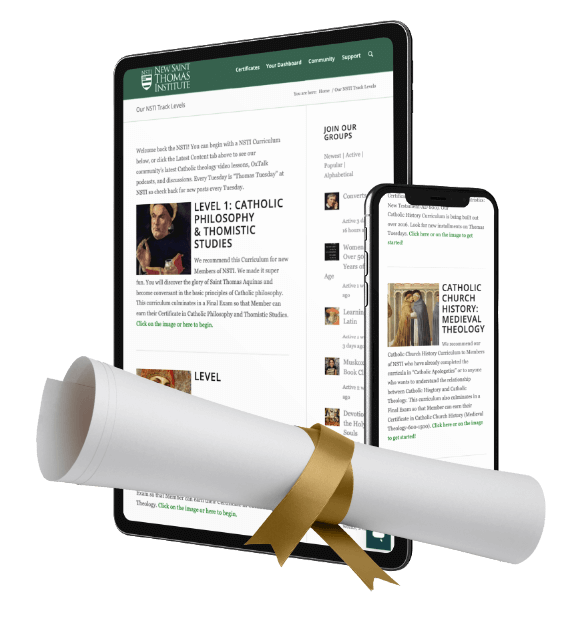Christ’s Holy Image of Edessa (and is it really the Shroud of Turin?)
Russian copy of the Holy Image of Edessa
Most Catholics know of the Holy Shroud of Turin, the tilma of Our Lady of Guadalupe in Mexico, and the Miraculous Veil of Saint Veronica. These three images are each acheiropoietos (Greek: Αχειροποίητος, meaning “not-made-by-hands). Their origins are miraculous, that is, not painted by human hand.
However, the world knows of an alleged fourth acheiropoietos image, the Holy Mandylion of Edessa. This image is venerated in the East and not well known in the West except for that it is sometimes incorporated into images of Saint Jude Thaddeus the Apostle. Saint Jude is often depicted as bearing a version of the Holy Mandylion around his neck – as you can see in the painting to to the left. Unfortunately, later paintings make it appear that Saint Jude is wearing a join medal around his neck. It should be the Holy Mandylion, as depicted above at the beginning of the post.
According to tradition, King Abgar of Edessa wrote a letter to our Lord Jesus Christ, asking Christ to cure him. King Abgar received an letter in reply from Jesus declining the invitation, but promising a future visit by one of his Apostles (who turns out to be Saint Jude Thaddeus).
Eusebius of Caesarea, writing in the 300s, recounts the story for us. He claims that the original letters are still preserved in the city of Edessa. In this version, Christ sends Saint Jude Thaddeus to heal the king.
However, a later version of the legend from the 6th century (Acts of Thaddeus) recounts that the image was a sidon (Greek for burial shround) and that it was folded tetradiplon (Greek “tetra” = four and “diplon” = twofold). So then, it was a shroud folded twice and then fourfold. Oddly enough, the Holy Shroud of Turin has the exact same fourfold pattern:
This miraculous sidon was given to the King of Edessa along with the letter of Christ. The King was then healed. The letters and Holy Mandylion/Shroud were kept as prized treasures.
Saint John Damascene also described the Holy Image of Edessa as a large garment and not as a small napkin.
Where is the Holy Mandylion now?
Evagrius Scholasticus, writing about AD 600, reports that a miraculous image of Christ’s face was processed around the city of Edessa before the attack of the Persians in 544. The citizens of Edessa attributed their deliverance to the miraculous power of Christ’s image.
At the Seventh Ecumenical Council (AD 787), the bishops defended the veneration of images by teaching that Christ’s Himself provided an image for veneration, namely the Holy Image of Edessa!
On August 16, 944, the Holy Image of Edessa was transferred from Edessa to Constantinople. The Eastern Churches consequently keep the feast of the Holy Mandylion on August 16.
The Archdeacon of Constantinople Gregory Referendarius mentioned in his sermon for the occasion that image also bore the “side wound” of Christ. This detail indicates that the image transferred from Edessa to Constantinople in 944 was an image of the entire body of Christ. This has led many to conclude that the image in question is the Holy Shroud of Turin.
In confirmation of this suspicion, the Emperor Constantine VII, who personally inspected the Edessa image in 944, described the image as “extremely faint, more like a moist secretion without pigment or the painter’s art” (Narratio de Imagine Edessena). This detail of a “faint” image” also suggests that it may be the Holy Shroud of Turin.
So then, the Holy Image of Edessa is large, folded over and then fourfold again, and bore a faint image of Christ. Sure sounds like the Shroud of Turin!
If you crop the Shroud of Turin along it’s folds, you get this image:
One could see how pilgrims would not be aware that the unfolded parts reveal the entire body of Christ. Instead you just see the face floating in the middle of the shroud. Compare this to the Russian copy at the top of the post and you see the similarity.
In AD 1204, during the Sack of Constantinople, the sacred Image of Edessa was lost…or was it?
There is a copy of a Holy Mandylion (the face of Christ) currently kept in the Pope’s private chapel at the Vatican.
Is the Holy Mandylion also the Holy Shroud of Turin?
Some believe that the Holy Mandylion is Holy Shroud of Turin, and that there was a confusion because the Holy Shroud was folded so that only the face of Christ showed (as depicted above).
Clearly, there is a discrepancy here. The original Edessa story recounts an image of Christ made by Christ prior to His crucifixion. Meanwhile, the Holy Shroud of Turin is a full body image of a crucified and resurrected Christ. So then, there are either two images (pre-crucifixion face-mandylion, and the post-crucifixion body-shroud of Turin), or just one image and thus the ancient origin narrative of Edessa about Saint Jude is false. Or maybe Saint Jude did bring an image of Christ to Edessa (the Shroud of Turin) and the story about Christ wiping His face on fabric is the only incorrect part of the original story. (Is the Veronica story being confused here in this ancient legend? Who knows?)
I, personally, don’t know how to untangle the accounts. It seems pretty clear to me that what is being called the “Image of Edessa” in AD 944 is the Shroud of Turin since the Edessa Image here is a full body image. It also appears that there is a strong tradition for this image being transported to Edessa through the hands of Saint Jude Thaddeus.
If anyone has useful information, please feel free to share. Know, however, that all comments with a link embedded in them are blacklisted until I confirm them – this way we don’t have any sketch links in Canterbury Tales.
Godspeed,
Taylor
What to Watch Next
More lurid writings by Cardinal Victor Manuel Fernández, Prefect for the Dicastery for the Doctrine of the...
Brigitte Macron, a public supporter of abortion, euthanasia, and LGBT rights, and who is not known to...
The Vatican just released it’s Study on the Female Diaconate, convened by Pope Francis as part of...
SHOP THE TAYLOR MARSHALL STORE
Dive Deeper

GET CONFIDENT IN YOUR FAITH
Explore the fascinating world of Catholic teachings with Dr. Marshall. Together you’ll unpack the brilliant answers the Church gives to tough questions about the Faith. The best part: you go at your own pace. Start this exciting journey today.


 >
>






